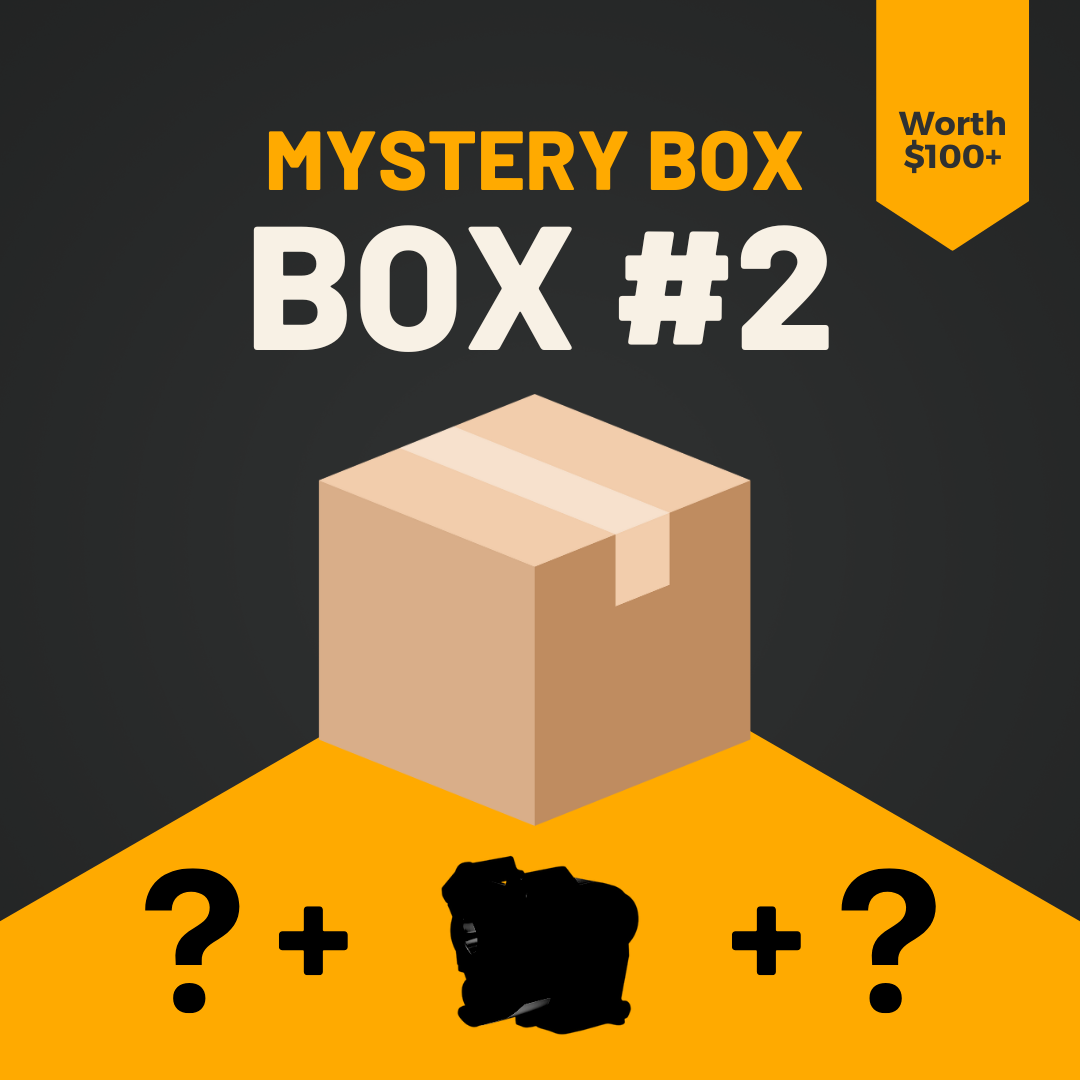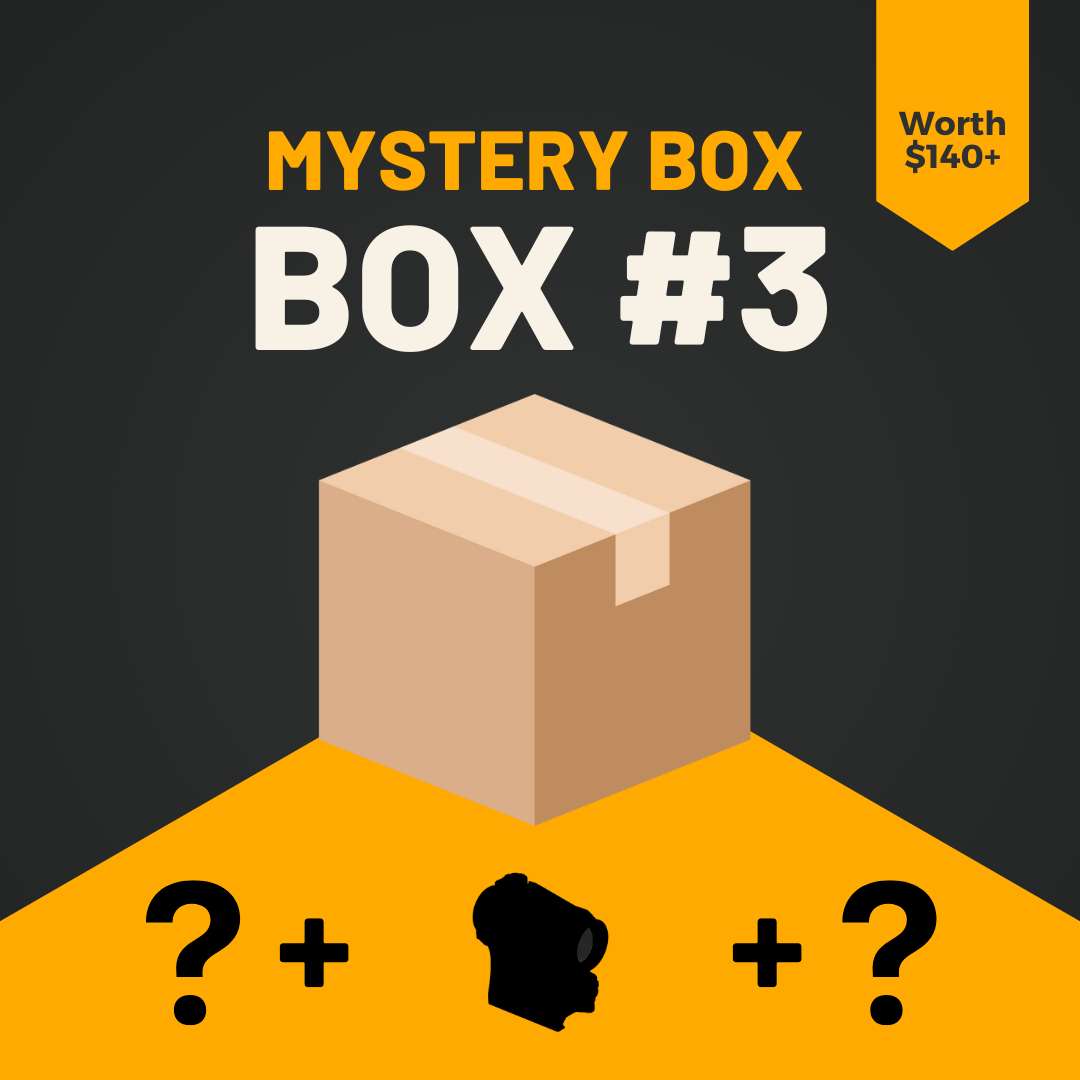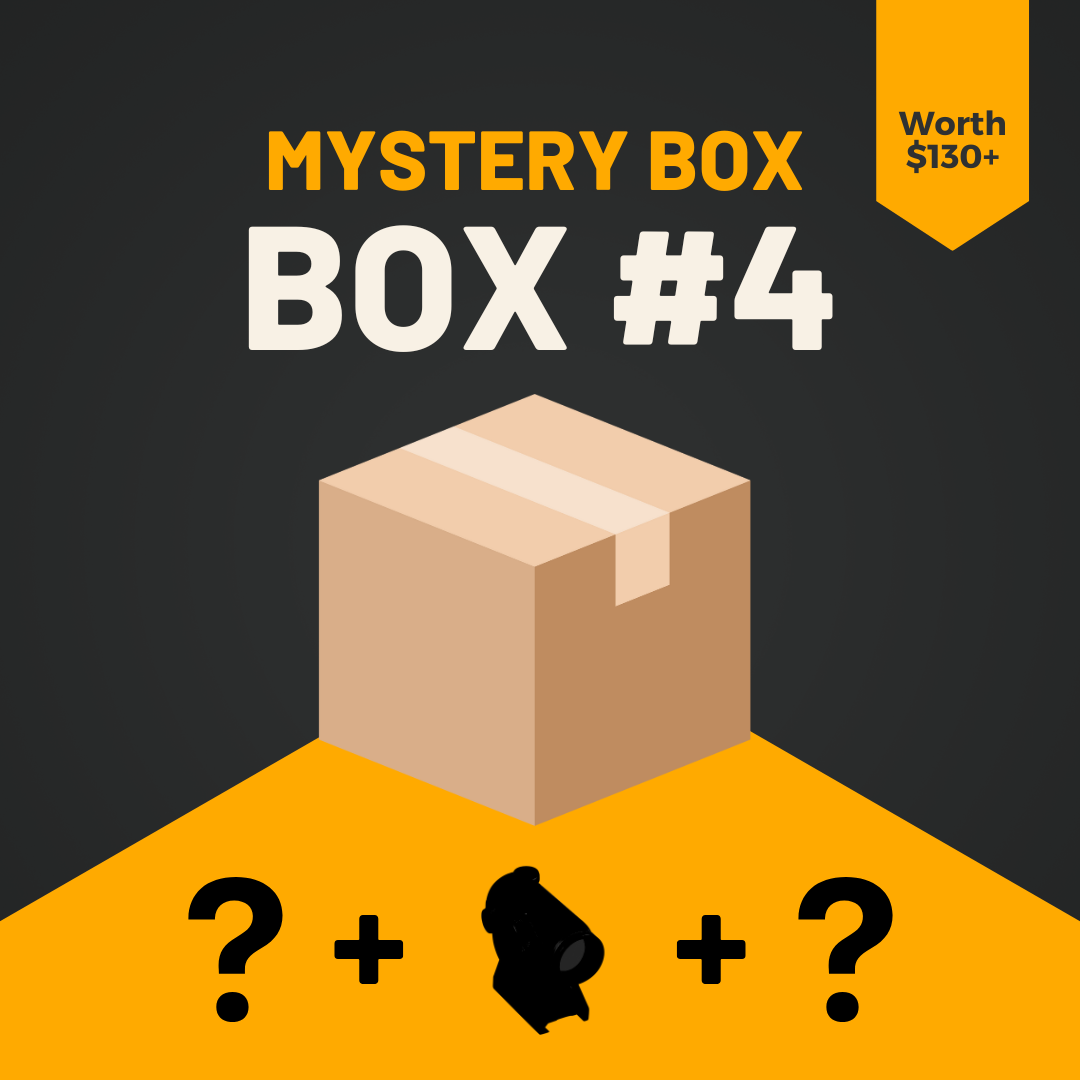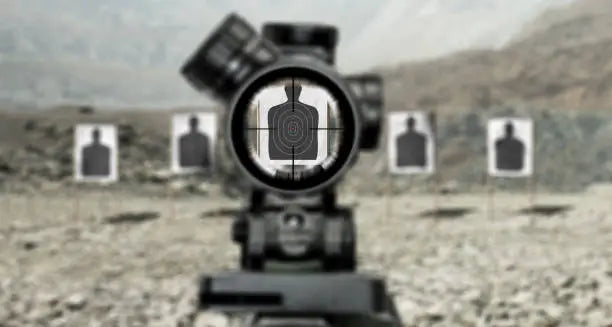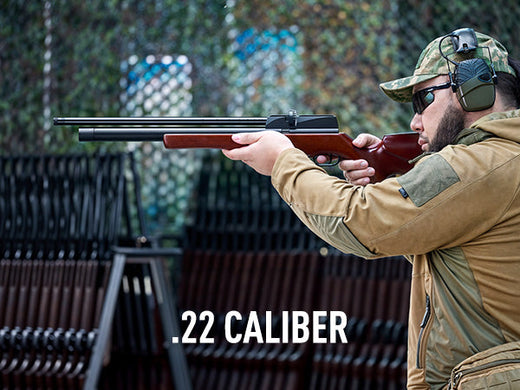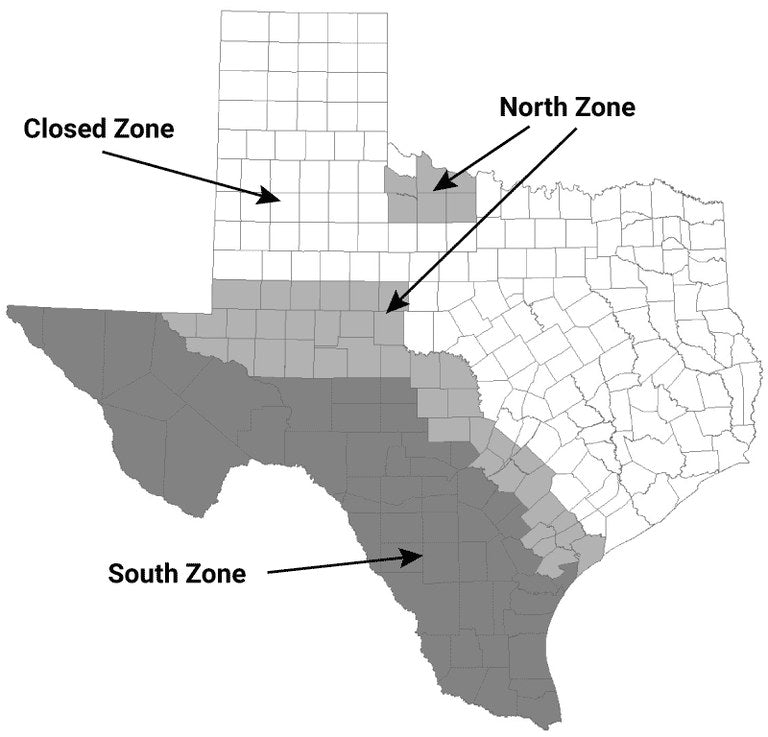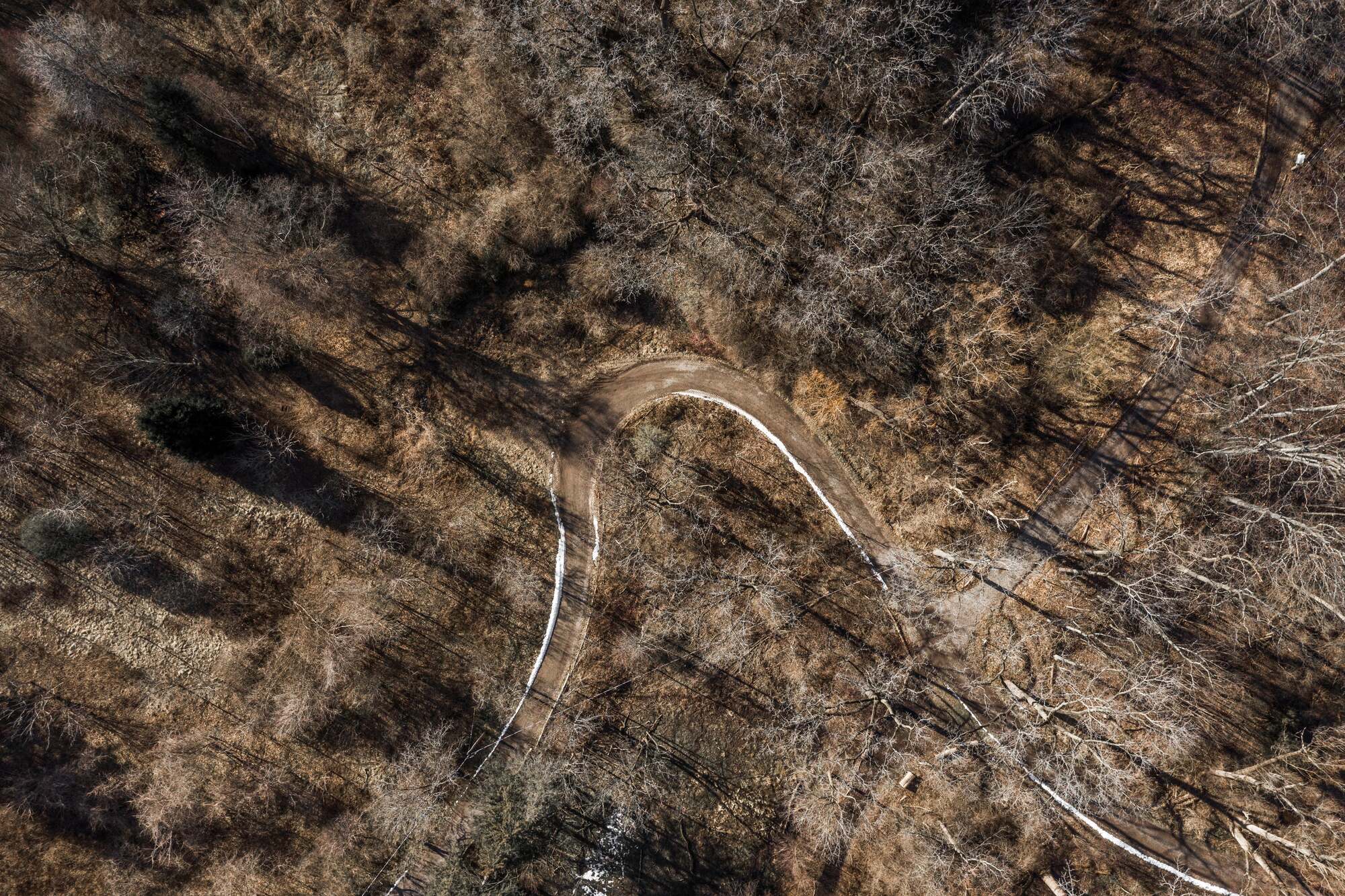Hunting is about the adrenaline rush and the excitement of pursuing your target. That's why many recreational hunters won't be sitting at home with a beer or a glass of milk in front of the TV, but rather they'll be out in the dewy grass or bushes before sunrise, choosing their observation spot and waiting for a good target. This is also why many hunters spend a significant amount of money on their equipment. A good rifle is only half the equation for a successful hunt. The right scope is just as important a part of your hunting kit.
MagnificationIlluminated Reticle
Effective Objective Lens Diameter
Long-Range Hunting

First, you should look at the quality of the scope. There are several criteria to consider when choosing a scope, let's take a closer look at them.
Magnification
Magnification power is one important factor. Magnification refers to how much larger the target will appear when viewed through the scope. The magnification is usually marked on the scope body, like "3-9x32". In this example, "3-9" is the magnification range. This means your scope will be able to magnify the target 3 to 9 times. It's worth remembering that the higher the magnification, the harder it is to aim. The image will shake with every movement of your hand, breath, or heartbeat.
There are two types of magnification:
- Fixed: Your scope will always magnify the target a set amount, like 3x or 9x. This has its advantages - your rifle will always be ready for a quick shot, and you don't need to adjust the magnification every time.
- Variable: You can adjust the magnification to your preference, hunting conditions, visibility, and target distance.
Don't rush to buy the most expensive variable scope. Here are some tips for each type of rifle and hunting:
- For casual hunting and target shooting, a 3-9x scope is a great choice. They can be mounted on carbines or rifles, and work well in various hunting conditions. They're also affordable, lightweight, and effective.
- 12-20x magnification is better suited for long-range outdoor shooting. But it's much more expensive than the first option.
- Over 20x magnification is for professional hunters who like to hunt in wide-open spaces. Scopes in this category are the most expensive and require experience to use properly.
Before buying, think about whether you'll be hunting in an area large enough to warrant 20x magnification. The first option is the most versatile choice. It works for targets 50 meters away, but you can also effectively aim at targets 200 meters away.
Illuminated Reticle
The reticle, also known as the crosshair, is the aiming point you see when looking through a scope. It helps with more precise aiming and estimating the actual distance to a target. There are various types of reticles: Duplex, Mil-Dot, and BDC. Each of these types has different markings depending on the scope. Until recently, hunters only had to choose from these systems, but the hunting optics industry has evolved, and now there's another variation—illuminated reticles.
An illuminated reticle is essentially the same crosshair, but with illuminated lines. For many hunters, this option is more convenient than a standard reticle, mainly because it's visible at any time of the day—whether it's broad daylight, dusk, or dawn when the sun's glare might make a standard reticle difficult to see. However, if you're aiming against a background like trees or rocks in shadow, a standard reticle might be entirely invisible. An illuminated reticle solves this problem by ensuring visibility under all conditions.
Illuminated reticles are powered by two different energy sources: batteries or ambient light. With the battery-powered option, it's clear—batteries supply the power to light up the reticle. In the ambient light-powered option, the scope captures and accumulates surrounding light to illuminate the reticle, making it visible. This second option isn't too inconvenient, but it requires a constant light source.
Advantages:
- Visible in all weather and hunting conditions.
- The lighting can be turned on or off as needed. If you find the illuminated reticle too bright, simply switch it off.
Disadvantages:
- The battery-powered option requires regular battery replacements. Not all hunters remember to carry spare batteries during hunts.
- The lighting components add extra weight to your rifle.
- Illuminated scopes are generally more expensive than standard models.
The extra weight is worth noting. Yes, your rifle will be slightly heavier—by just an ounce or so. This may not significantly affect the overall weight of your rifle and gear. For example, a rifle that weighs 22 ounces without an illuminated reticle might weigh 23 ounces with it.
Effective Objective Lens Diameter
The diameter of the objective lens is an important factor when choosing a scope, but it is often misunderstood, especially by beginners. Many hunters believe that a larger lens will automatically provide a better view of the target. Let’s break this down.
The objective lens is the glass located at the opposite end of the scope, away from the eyepiece. The diameter of the objective lens is typically indicated by the number following the magnification in scope specifications. For example, in a "3-9x32" scope, "32" refers to the objective lens diameter, meaning it's 32 millimeters. The larger the lens diameter, the more light it can gather, which theoretically results in a brighter, clearer image. However, there’s a trade-off: higher magnification can reduce the amount of light entering the scope. Therefore, you need to find the right balance between magnification and lens diameter. For example, a "3x-50mm" scope or a "12-20x-32mm" scope might be ideal, depending on the hunting conditions.
Here are some tips on how to choose the right lens diameter:
- Short-range hunting (up to 100 yards): A lens diameter of 28mm or smaller is sufficient.
- Medium-range hunting (150-200 yards): A lens diameter between 30mm and 44mm is ideal.
- Long-range hunting (over 200 yards): Opt for a lens diameter of 50mm or larger.
Keep in mind that a larger objective lens can reflect sunlight and cause glare. This can be particularly problematic depending on your hunting environment.
In addition to diameter, the type of lens coating is also important to consider when choosing a scope. Here are some common types of coatings:
- Coated: The lens is covered with a single layer on one surface.
- Fully Coated: The lens is coated with a single layer on both air-to-glass surfaces.
- Multi-Coated: Multiple layers of coating are applied to one surface of the lens.
- Fully Multi-Coated: Both air-to-glass surfaces are coated with multiple layers.
- Hydrophobic Coating: This coating repels water, preventing water droplets from collecting on the lens during rain or snow.
The better the lens coating, the higher the price. Every additional feature adds to the cost, so it’s important to carefully consider what you really need before making a purchase.
Long-Range Hunting
Every hunter has a different understanding of what constitutes long-range hunting. For some, it's seeking game within 150 yards, while for others, it may extend to 500 yards or more. Every hunter has their own techniques—considering factors like wind direction, the position of the sun, and the additional magnification needed for a steady aim. Regardless of these variables, rifle scopes play a critical role in ensuring accuracy at long distances. So, what type of scope is best suited for long-range hunting?
Since each hunter has their own definition of "long-range," a rifle scope must cater to the user’s specific preferences and needs. Below are some general features that a scope for long-range hunting should meet:
-
Lightweight: Hunting typically takes place in fields, forests, or other rugged terrains, so you should be able to move quickly and position yourself accurately. Heavy equipment can make this difficult, so opt for a lightweight model to ease maneuverability.
-
Magnification: We recommend selecting a scope with variable magnification. This allows you to zoom in on distant targets and adjust for closer ones. Keep in mind that higher magnification reduces the amount of light entering the scope, which may impact visibility, especially in low-light conditions.
-
Brightness: If you're hunting at dawn or dusk, high light transmission is crucial for clear visibility. For daytime hunting, this is less of a concern, but it still plays a role in the overall clarity of your target.
Another key consideration when choosing a scope for long-range hunting is the type of reticle. The reticle, or crosshair, helps you aim as accurately as possible. For long-range shots, you'll want a reticle that enables precise adjustments.
For beginners or casual hunters, a Duplex reticle is a good option. This is a common crosshair pattern that works well for short-range shooting, but can be challenging to estimate distance at longer ranges. For more experienced hunters, the Mil-Dot reticle is a better choice. It features dots spaced at regular intervals, typically one inch apart, with each dot representing 100 yards. This reticle is ideal for hunters who frequent open fields or long-range shooting environments, as it helps estimate distance with precision.
Finally, for those who hunt in low-light conditions such as dawn or dusk, an illuminated reticle can make all the difference. Instead of just crosshairs, the illuminated lines are bright and visible in low light, allowing for accurate aiming even in shadowy or dim environments.
In summary, choosing the right scope for long-range hunting depends on your specific needs—whether it’s lightweight mobility, magnification, or reticle accuracy—along with a solid understanding of the environment in which you’ll be hunting.

